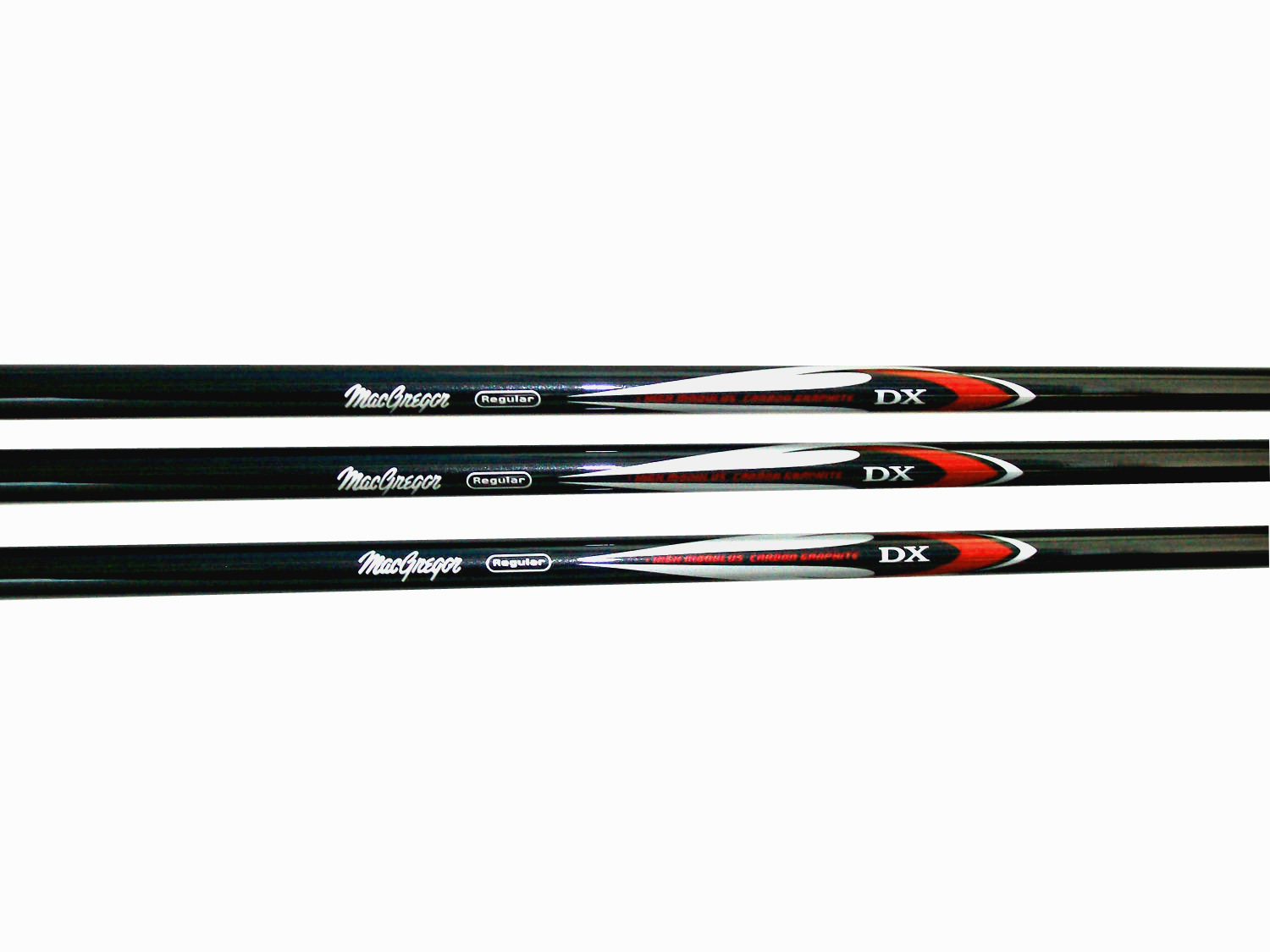When talking about golf performance, the golf club shafts are often ignored. While in fact, your golf club performance really depends on the length, kick-point, weight, flex, and alignment of your golf shaft. So, when buying a golf club, you better put your attention on the shaft too.
Contents
Types of Golf Shafts
1. Steel Shafts
Steel shafts are mostly made from carbon steel, and sometimes also from stainless steel. Compared to graphite, steel shafts are less expensive but more durable and stronger. With this shaft, you will have more control on shots and a greater emphasis on accuracy. But to be able to perform like graphite, you have to swing your club faster.
There are two typws of steel shafts: stepped steel shafts and rifle steel shaft. The diameter of the steeped shafts are reduced from the wider butt end to narrower tip end until it reaches the clubhead’s hosel. In riffle shaft, there is no steps on the shaft.
2. Graphite Shafts
Though more expensive than steel, graphite shafts are less durable. Graphite is lightweight, which provides greater swing speed for more power. However, the flex generated during swing will sacrifice your control. This shaft is available in many flexes and colors, thus many amateurs and professionals love it so much.
Lady golfers and senior golfers who don’t have much power to produce swing speed usually prefer this shaft. The weight is in range of 50-85 grams, while the steel counterparts can reach 120 grams.
3. Multi-Material Shafts
Multi-material shafts are now also available in the market, combining steel and graphite. Typically, it is mainly a steel shaft with the tip made from graphite. The steel makes the shaft solid, allowing you to control the ball flight more while the graphite tip will give limited amount of ‘whip’ to the ball so that you can produce more distance.
4. Titanium Shafts
The titanium is just used in this industry and there is not much information available about this new shaft. This shaft is more lightweight than steel and it is able to dampen vibrations.
5. Nanofuse Shafts
Nanofuse shaft is not steel but metallic and it is not graphite, but rooted in carbon fiber. These types of shafts are created by fusing a nanocrystalline alloy with a carbon fibre composite polymer sublayer. The nanofuse shaft has small and tight grain structure which dramatically increases the strength.
Source: www.golfalot.com






